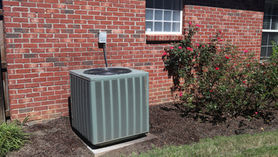

Jul 22, 20215 min read
1,667


May 14, 20212 min read
151


May 14, 20212 min read
129


May 14, 20212 min read
57


May 12, 20211 min read
61


May 11, 20213 min read
72


May 11, 20212 min read
65


May 11, 20213 min read
57


May 9, 20218 min read
154


May 6, 20214 min read
53
















Great breakdown of retaining wall types! It's amazing how versatile these structures can be, from simple gravity walls to more complex cantilevered designs. Your explanations make it easy to see how each type works, especially the details about when to use different materials and how they handle the pressure from the soil. The note on sheet pile walls was particularly helpful for understanding how they’re used in tighter spaces and softer soils. For anyone considering building a retaining wall, it’s definitely worth investing time to understand these options, or better yet, consulting with professionals who know the ins and outs. https://templatecalendar.com/